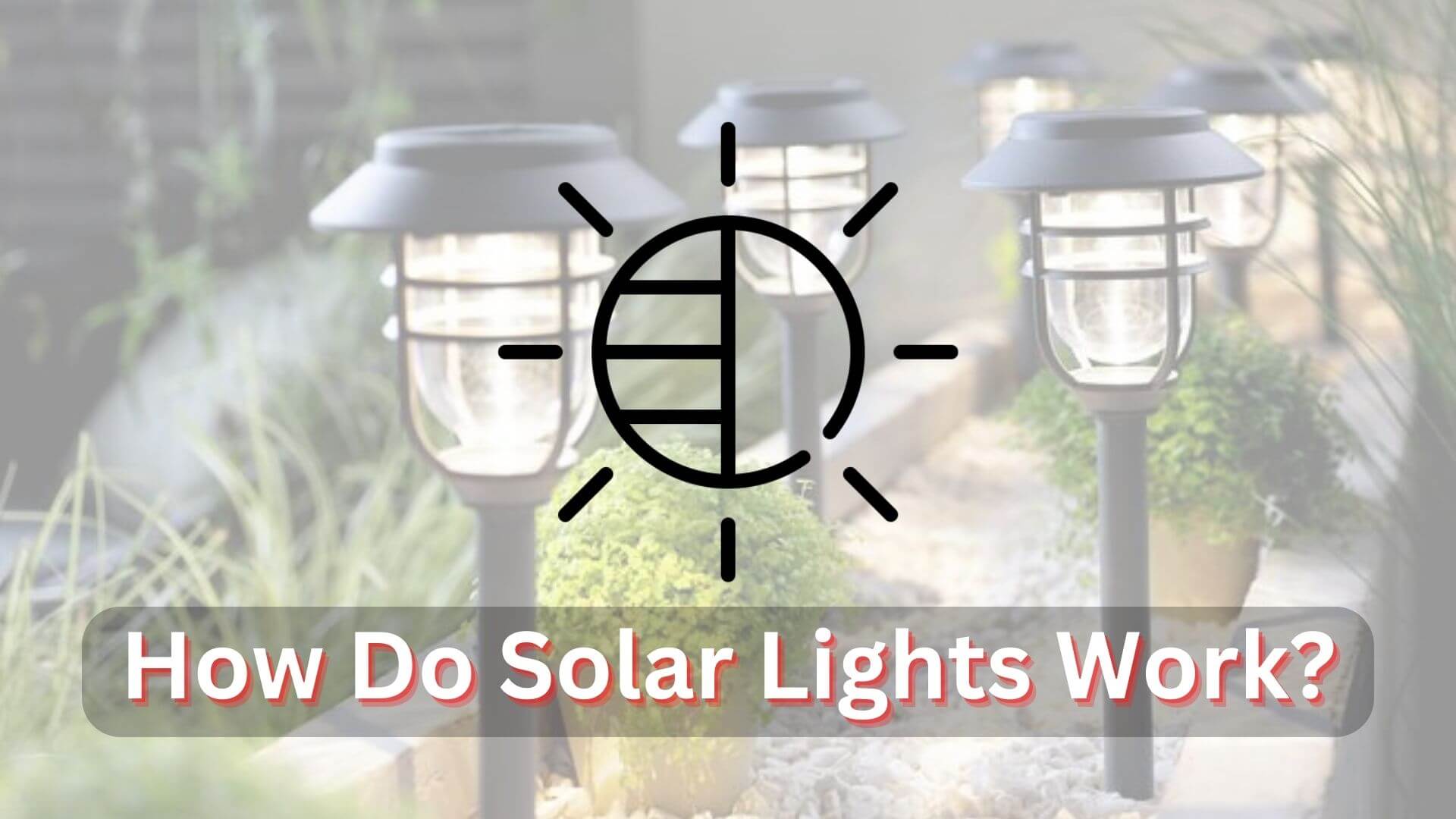In 2021, 3.6% of the electricity in the world came from solar panels. Solar lights are an eco-friendly solution for both outdoor and indoor lighting. They harness the power of the sun to provide light with no need for a constant power source.
With the rise of sustainability and green energy, solar lights are a popular alternative to traditional lighting options. Whether you need outdoor lights for your patio or indoor lights for your home, solar lighting options are a versatile and cost-effective choice.
In this article, we will explore the advantages of using solar lights, as well as the benefits of outdoor LEDs. We'll give you an overview of solar lights and the various lighting options available to you.
Read on for a complete guide to solar lights!
How Solar Lights Convert Sunlight Into Electricity
Solar panels, also known as photovoltaic (PV) cells, are the key component in the conversion of sunlight into electricity. The solar panel is made up of a series of light-sensitive interconnected silicon cells.
When light particles hit the surface of the silicon cells, they cause electrons to dislodge and flow freely. This flow of electrons creates an electric current. Metal contacts on the solar panel then collect the electrons and generate electricity.
Components of Solar Lights
Solar-powered equipment uses several interconnected components. Each of these plays a crucial role in the process of powering the lights.
Solar Panel
As we've established, the solar panel collects sunlight and converts it into electricity. The size and capacity of the solar panel will determine how much electricity the device can generate and store.
Rechargeable Battery
The rechargeable battery stores the electricity generated by the solar panel. The battery must be able to store enough electricity to provide lighting for several hours after sunset.
LED Light Bulbs
LED light bulbs are the most common type of bulb used for solar lights. They convert the stored electricity into light and provide bright and efficient lighting.
Outdoor LEDs are also resistant to the elements, as they can withstand exposure to moisture.
Light Sensor
Manufacturers often incorporate light sensors into solar lights. The sensor turns the lights on automatically when it becomes dark and off when it's bright again.
This helps outdoor lights save their reserve of power.
Types of Solar Lights
Solar lights are available in a variety of styles and designs suitable for different needs and preferences. There are two main categories of solar lights: outdoor lights and indoor lights.
Solar-Powered Outdoor Lights
Solar-powered outdoor lights are best for use in gardens, patios, decks, and walkways. Some popular options include:
- Solar landscape lights: designed to enhance the beauty of your garden and provide soft, ambient lighting
- Solar deck lights: provide bright, focused lighting on decks and patios
- Solar pathway lights: light up walkways, driveways, and pathways
Solar-Powered Indoor Lights
Although most solar lights are for outdoor use, they also have applications indoors.
The big limitation of indoor solar lights is that they generally have to be near windows to build up a charge. In some cases, they can use electric lights to build a charge for use at night.
Some popular options include:
- Solar table lamps: work just like a normal lamp with no need to plug into an outlet
- Solar wall lights: mount onto walls for focused lighting
- Solar ceiling lights: installed in the ceilings of indoor spaces to light entire rooms
Choosing the Best Solar Lighting Options
With so many different types and designs of solar lights available, it can be difficult to know which ones are right for you. There are several key factors to consider when choosing solar for your house.
Location
It's essential to consider the location of your lights. You should place outdoor lights in areas that receive direct sunlight for most of the day.
Indoors, you should choose lights that suit the size and style of your room and provide the right level of lighting for your needs. You should get an idea of which sides of your home or building get the most sun throughout the day.
Wattage
Wattage refers to the amount of power the light will use to produce light.
Outdoor lights generally require more wattage than indoor lights, as they need to provide bright, focused lighting. Choose a solar light with the right wattage to suit your needs and preferences.
Style
Solar lights are available in a variety of styles and designs, from modern to traditional. Choose a style that suits your tastes and complements the aesthetic of your home and garden.
More powerful lights may require a large solar panel, which can be difficult to conceal. Think about how you'll incorporate the panel into the design surrounding it.
Battery Capacity
The battery's capacity is the amount of electricity that can be stored in the rechargeable battery. A higher battery capacity means the light will be able to provide lighting for longer periods of time.
If you plan to use the light for extended periods, choose one with a larger capacity.
LED Quality
The quality of the LED light bulb will impact the brightness and efficiency of the light. Choose a solar light with high-quality LEDs to get the best lighting.
Save Money With Solar Lighting
By understanding how solar lights work, you'll be able to make an informed decision and enjoy the many benefits of solar lighting. Solar lights can be a convenient money-saving fixture in your home or office.
Consider all the relevant factors when you start shopping for solar lights. Research the functionality as well as the aesthetic elements of each lighting option.
Be sure to check out our blog page to learn about other fascinating topics!





